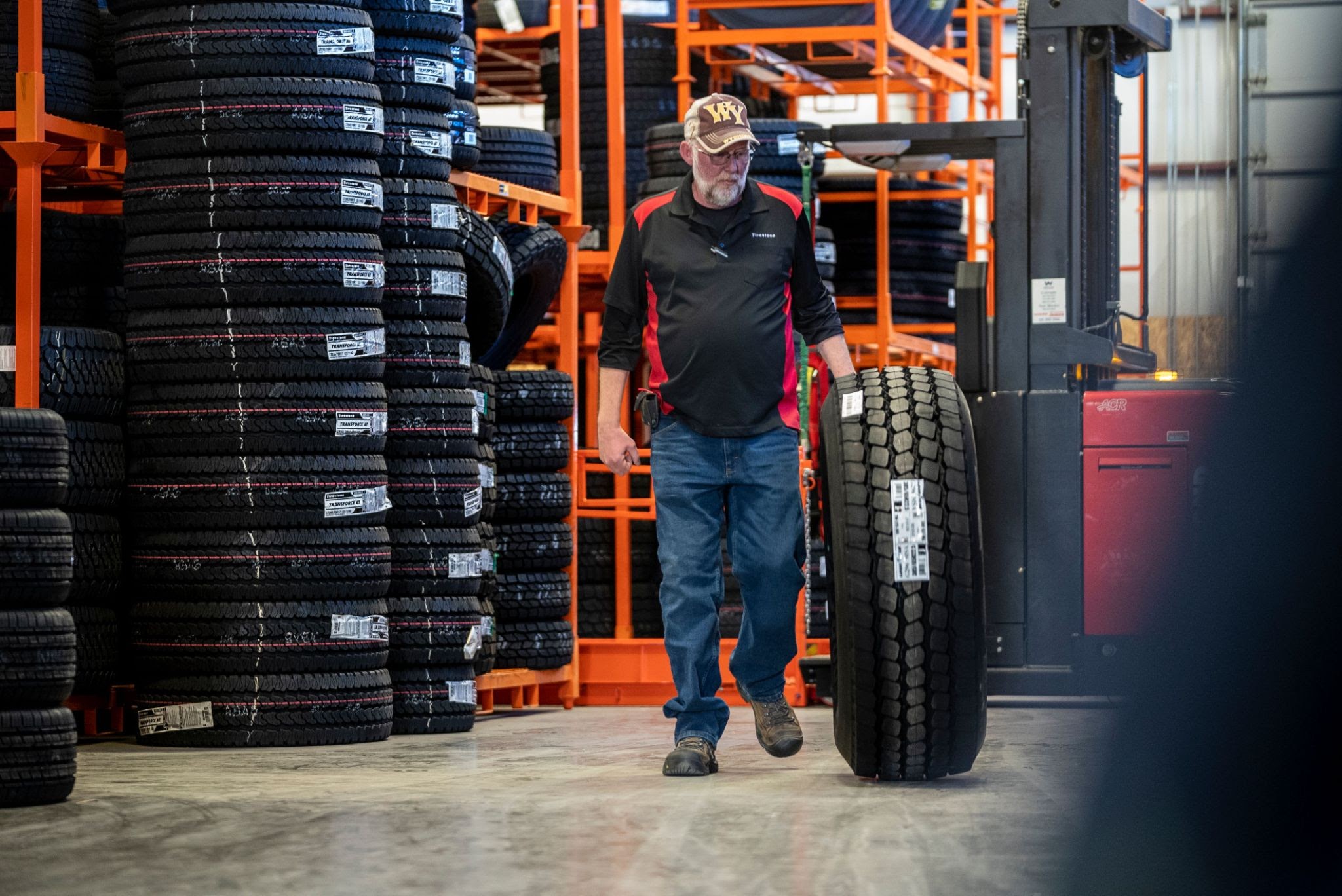Morris Tire Service: Your Partner for Reliable Tire Solutions Near Me
Morris Tire Service: Your Partner for Reliable Tire Solutions Near Me
Blog Article
The Science Behind Tire Repair Service and Safety
When it concerns the complex world of tire upkeep and safety and security, there exists a world of scientific research that usually continues to be undetected by the ordinary driver - morris tire service. The materials that make up a tire, the influence of tire pressure on total safety, the ramifications of walk wear, the complex characteristics of tire traction, and the often-overlooked importance of correct wheel positioning all play vital roles in making certain an automobile runs securely and effectively. As we browse with the complexities of tire repair and safety, it comes to be obvious that a deeper understanding of these clinical principles is not only advantageous but important for each driver on the roadway
Tire Composition and Functionality
What products make up the make-up of tires, and exactly how do these parts contribute to their performance on the road? Steel cords are included to enhance the tire's stamina and assist it keep its form under various roadway conditions.
The rubber compounds provide hold and traction, permitting the tire to stick to the roadway surface and supply security during acceleration, stopping, and cornering. Overall, the mindful option and mix of these materials ensure that tires can execute effectively and securely on numerous roadway surfaces and problems.
Impact of Tire Stress on Safety And Security
Preserving appropriate tire stress is vital for ensuring optimal safety and security and efficiency while driving. The effect of tire stress on safety can not be overstated. Underinflated tires are susceptible to getting too hot, which can bring about tire blowouts, specifically at high rates. Additionally, low tire stress influences the handling and responsiveness of the lorry, increasing the danger of crashes, specifically during emergency situation maneuvers. On the various other hand, overinflated tires have less contact with the roadway surface area, reducing grip and creating irregular wear on the tire treads. This compromises the car's security and stopping performance, positioning a considerable safety and security danger. Properly inflated tires also play a vital function in gas performance, as underinflated tires can boost moving resistance, causing lowered gas mileage. Regularly examining and preserving the appropriate tire stress not only ensures safety and security yet likewise expands the life-span of the tires, minimizing replacement costs in the future.
Footstep Use and Its Implications
Appropriate surveillance of tire tread wear is essential for making sure optimum efficiency and security when traveling. As tires put on down, the depth of the step decreases, reducing the tire's capacity to maintain grip, especially in wet or unsafe problems. The tread pattern and deepness play a vital function in transporting water away from the tire to stop hydroplaning and maintaining grip when traveling surface area.
Irregular wear might suggest concerns with tire inflation, alignment, or suspension parts. Use indications are constructed right into the tire step and end up being visible when the tread deepness reaches a certain low point, showing the demand for instant substitute.

Recognizing Tire Grip Characteristics
Keeping track of tire step wear not just guarantees optimal performance and safety however additionally directly impacts the grip dynamics of the tires on Get the facts different road surface areas. Tire traction is a critical aspect of lorry handling and safety and security, as it establishes the grip between the tires and the roadway. Grip characteristics differ depending on roadway problems such as completely dry sidewalk, wet roads, snow, or ice.

Comprehending tire grip dynamics is crucial for motorists to adapt their driving habits according to the roadway conditions. tire tracks morris il. Consistently inspecting tire step depth and problem can significantly enhance traction performance, guaranteeing safer driving experiences across different surfaces
Significance of Correct Wheel Placement
Ensuring appropriate wheel placement plays an essential role in enhancing car efficiency and expanding tire durability. Correct wheel placement entails readjusting the angles of the wheels to supplier specifications, making sure that they are perpendicular to the ground and parallel to each other. When alignment is off, it can result in uneven tire wear, decreased fuel performance, and jeopardized handling.
Among the crucial benefits of maintaining appropriate wheel alignment is enhanced taking care of and security. Misaligned wheels can trigger the lorry to pull to one side, influencing steering control and overall driving experience. Additionally, correct positioning promotes even tire wear, avoiding premature tire substitute try this out and saving money on upkeep expenses in the future.

Verdict
To conclude, the science behind tire fixing and safety and security is important for preserving car efficiency and making sure motorist safety and security. By recognizing tire make-up, stress, tread wear, grip dynamics, and wheel positioning, chauffeurs can prevent mishaps and lengthen the life-span of their tires. Correct upkeep and normal inspections are crucial for optimum tire efficiency and general car security. By following these standards, vehicle drivers can drive confidently recognizing that their tires remain in good problem.
The materials that make up a tire, the impact of tire stress on total safety, the effects of tread wear, the elaborate dynamics of tire grip, and the often-overlooked significance of proper wheel placement all play vital duties in ensuring an automobile operates safely and successfully. On the other hand, overinflated tires have much less call with the roadway surface, reducing traction and creating uneven wear on the tire treads. Routinely checking and maintaining the proper tire stress not just ensures safety and security but likewise extends the lifespan of the tires, saving on replacement costs in the long run.
Monitoring tire walk wear not only makes certain optimal performance and security however likewise straight impacts the traction dynamics of the tires on different roadway surface areas. Tire traction is a vital element of lorry handling and safety, as it determines the hold in between the tires and the roadway.
Report this page